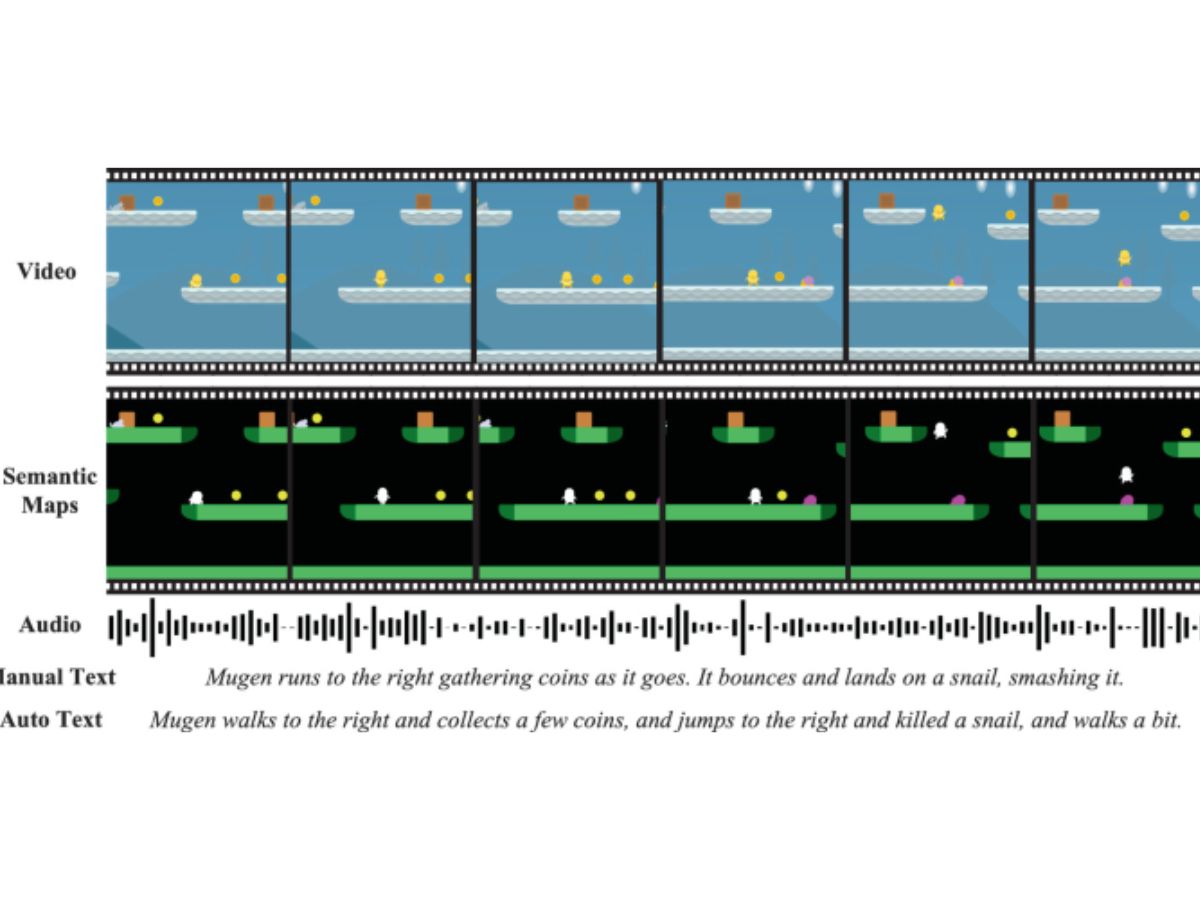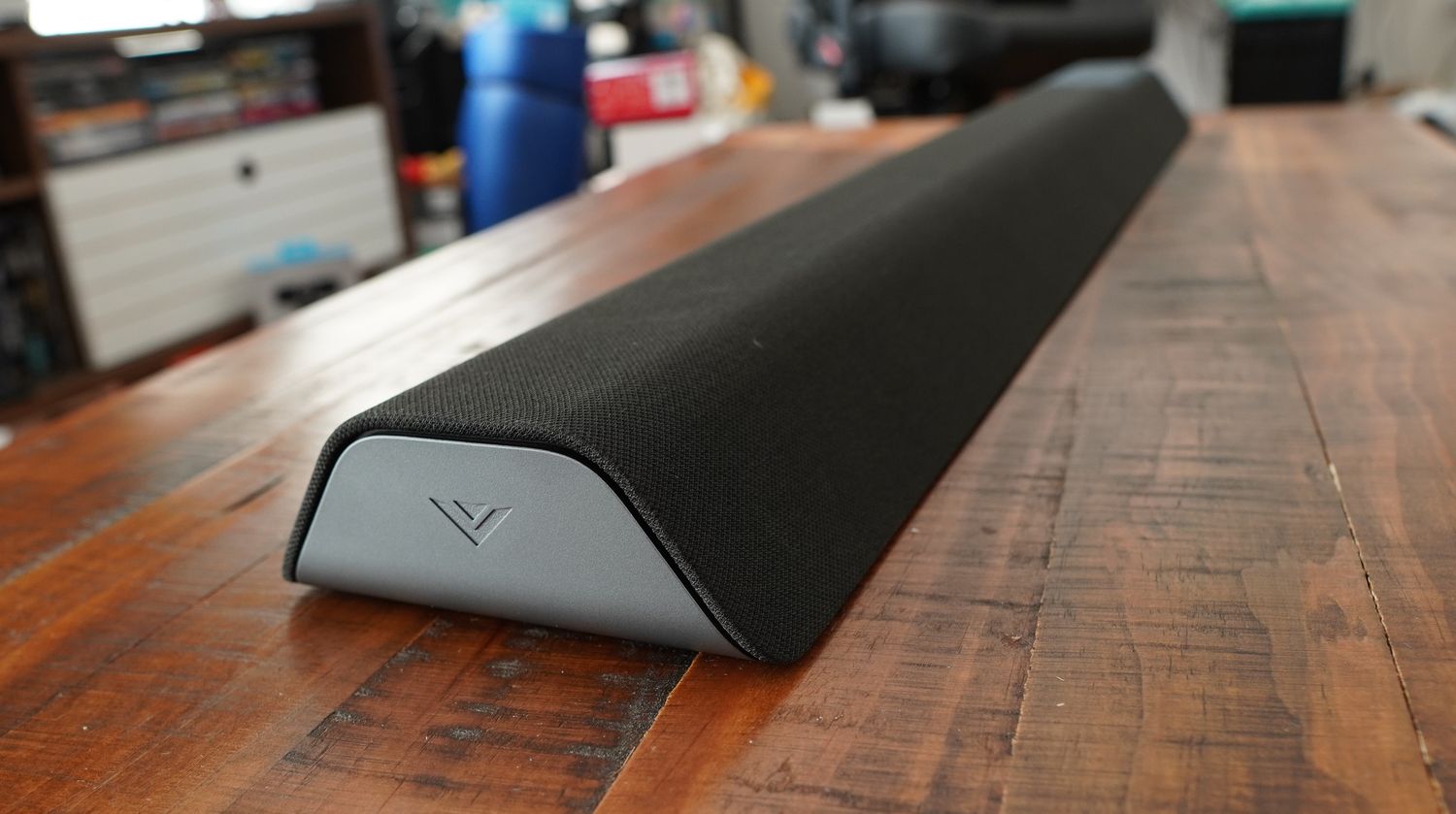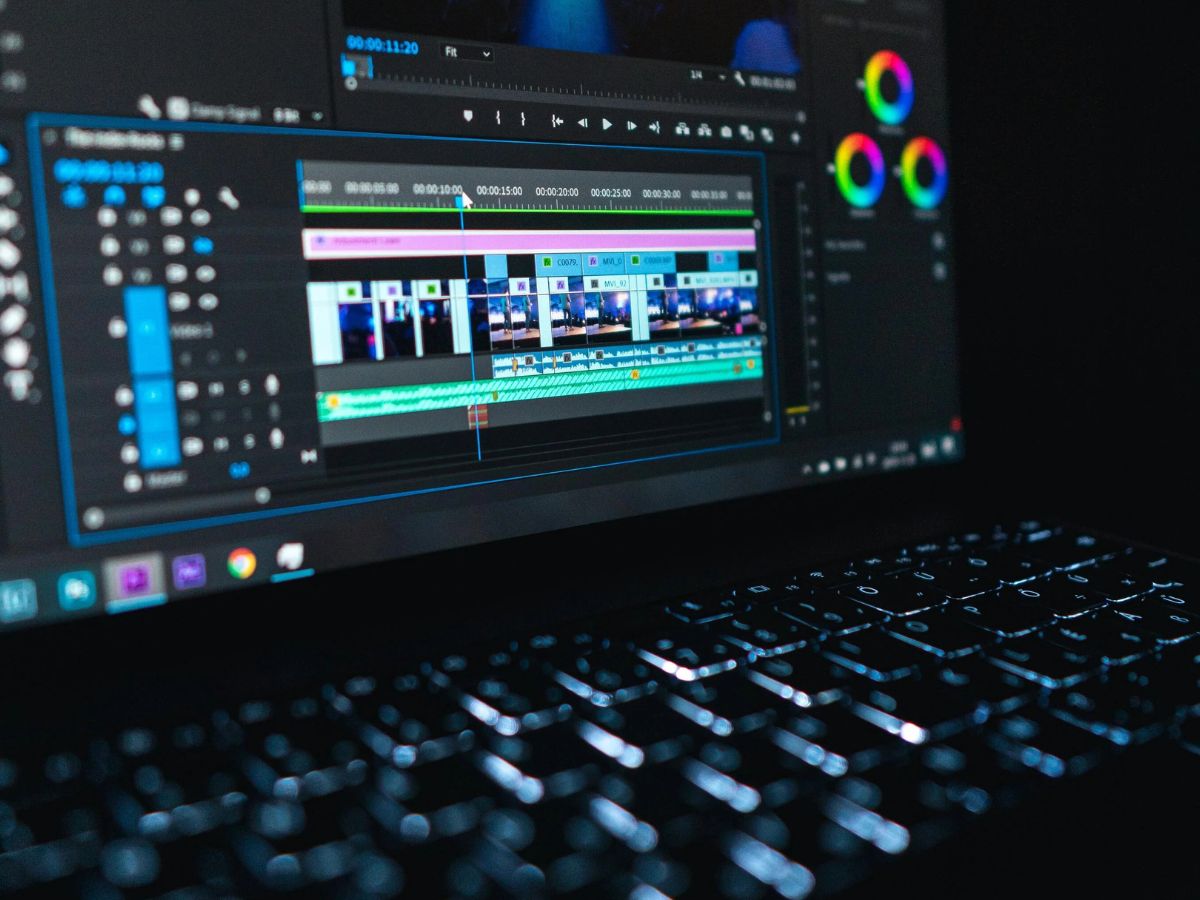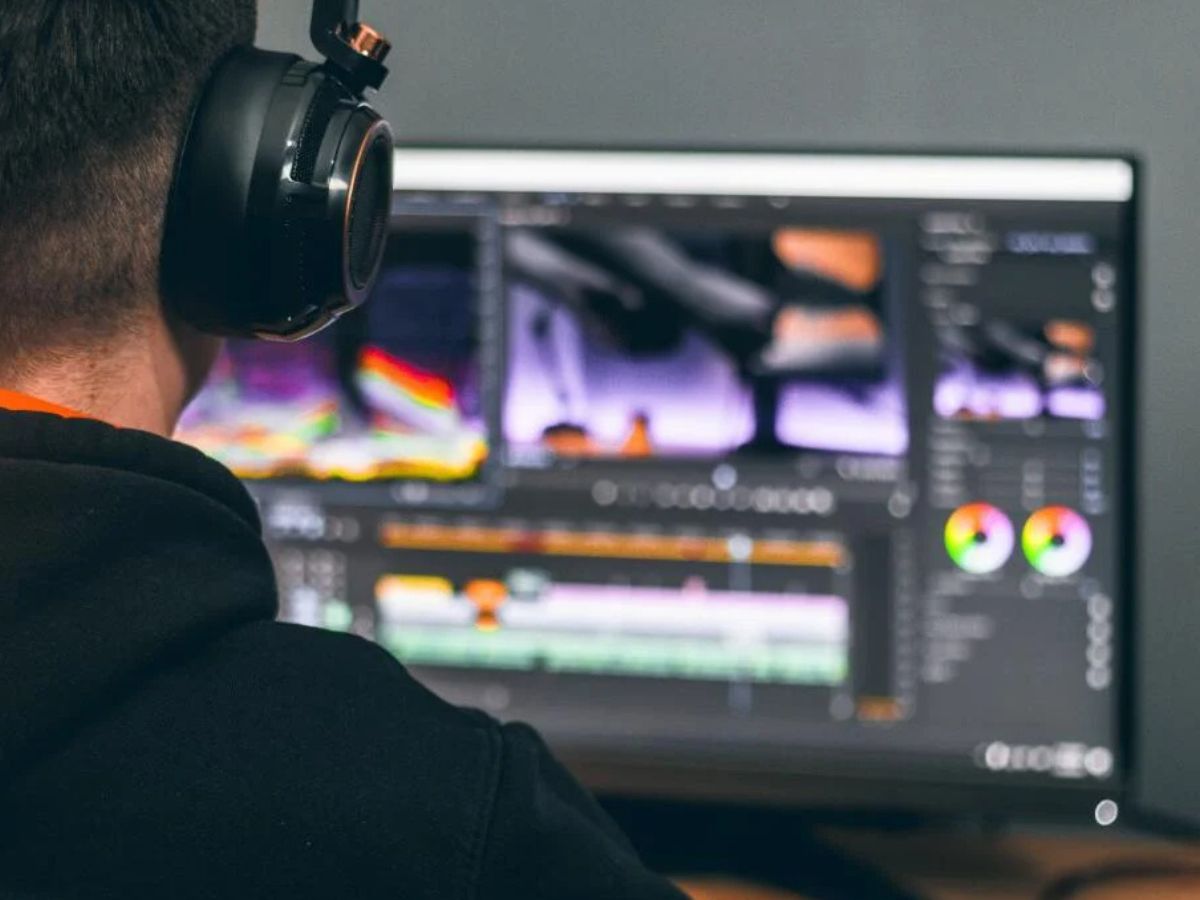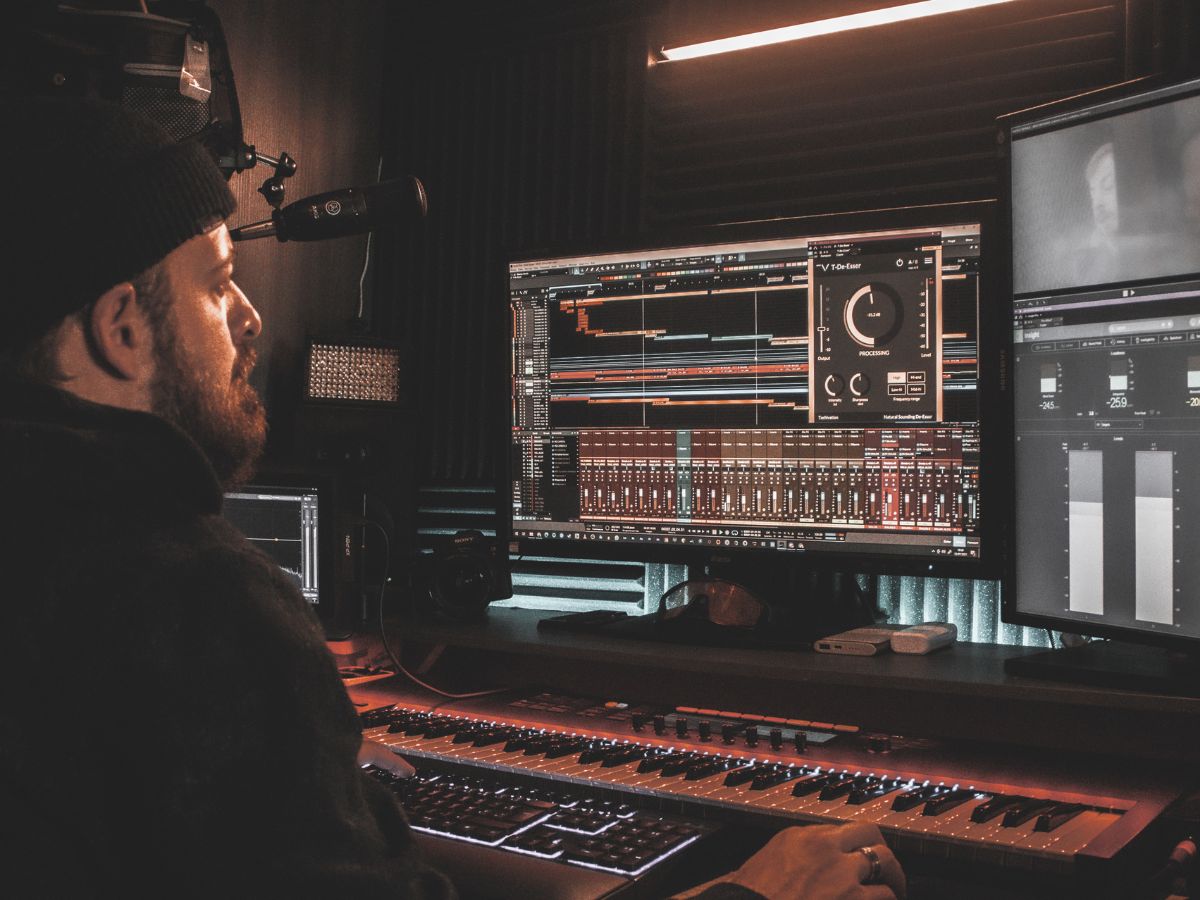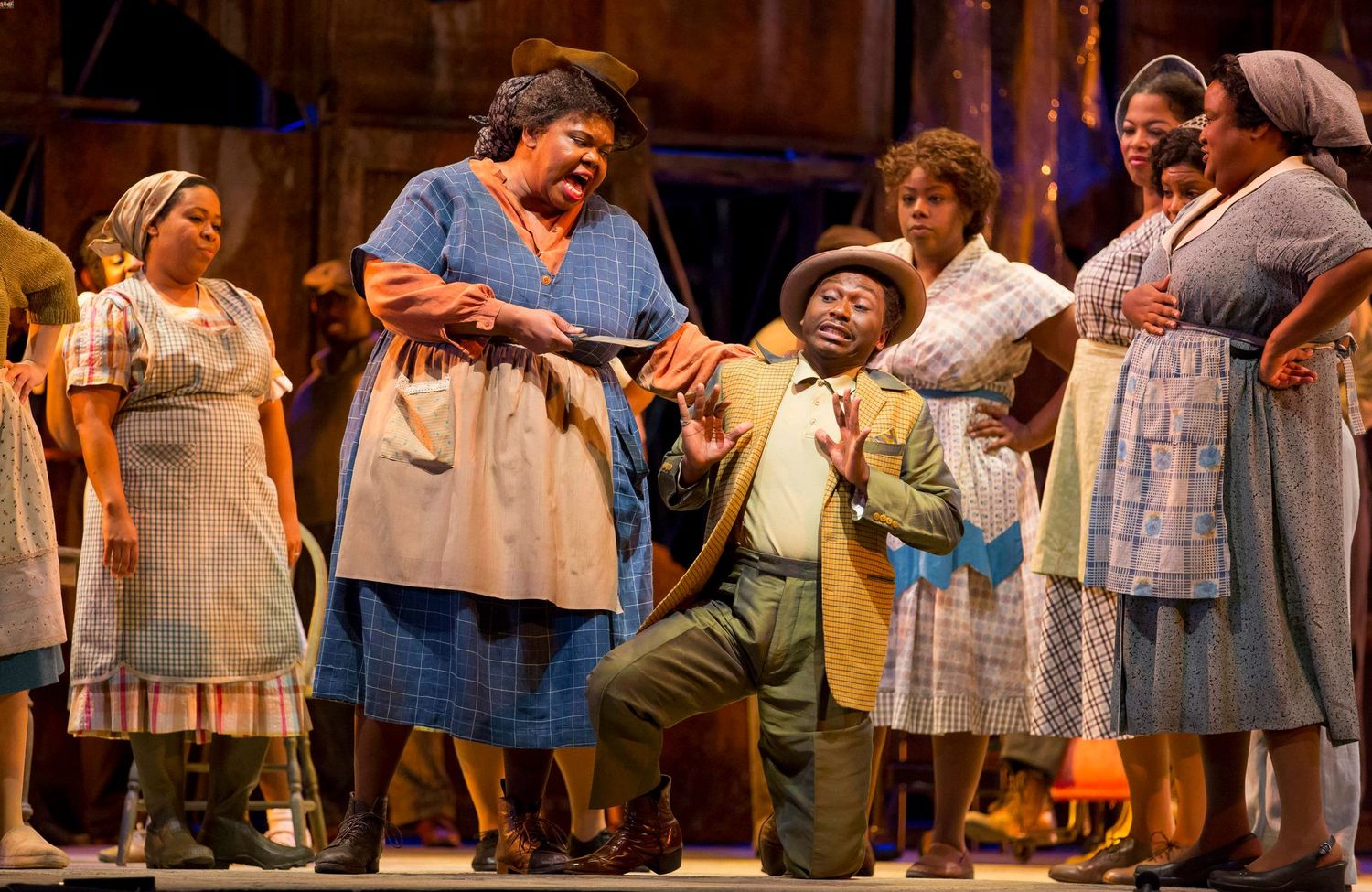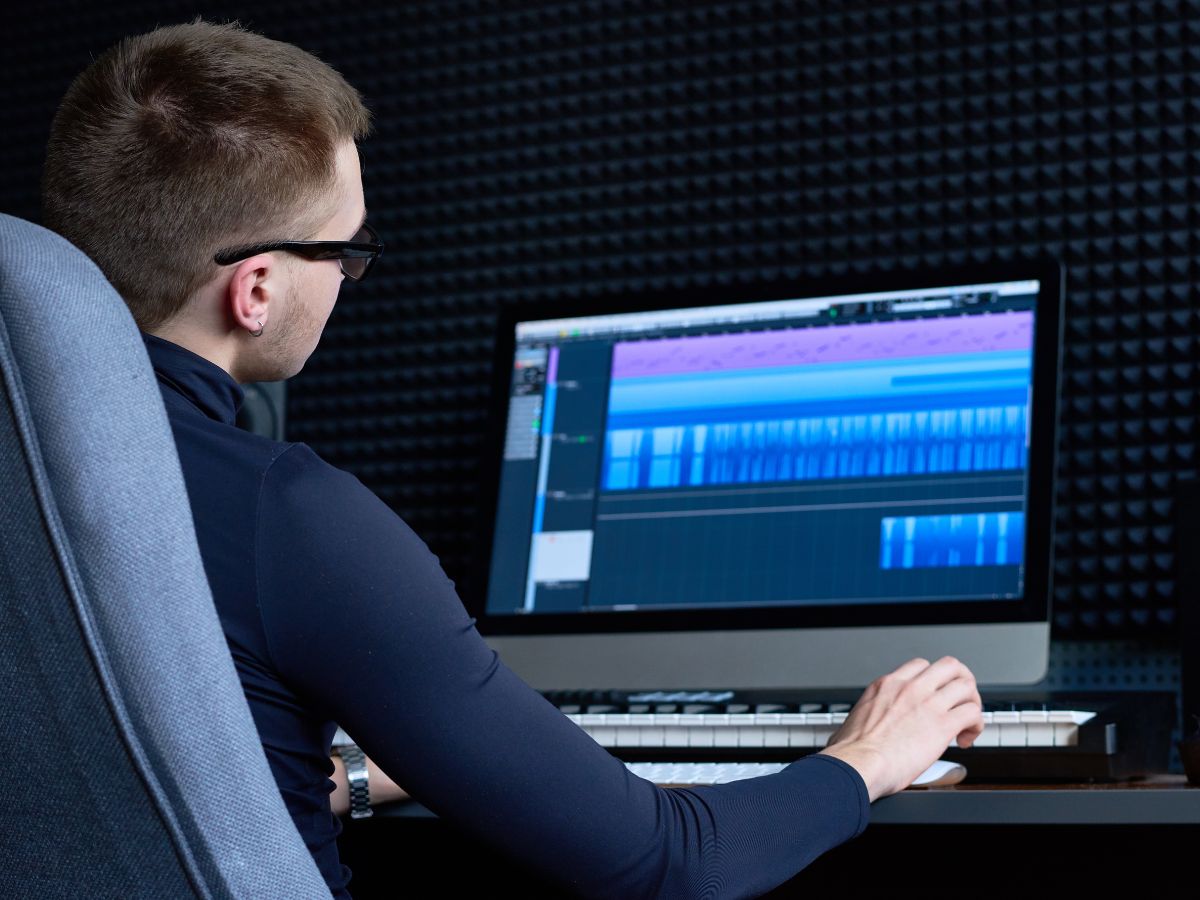Home>Production & Technology>Sound Effects>Where Sound Effects Really Come From


Sound Effects
Where Sound Effects Really Come From
Published: November 9, 2023
Discover the true origins of sound effects, from their creation to their implementation in various media. Explore how sound effects bring life to movies, games, and more.
(Many of the links in this article redirect to a specific reviewed product. Your purchase of these products through affiliate links helps to generate commission for AudioLover.com, at no extra cost. Learn more)
Table of Contents
Introduction
Welcome to the fascinating world of sound effects! From the eerie creaking of a door to the explosive roar of a rocket launch, sound effects play a crucial role in enhancing our audiovisual experiences. Whether in movies, documentaries, video games, or even our daily lives, sound effects add depth, realism, and emotion to the stories we hear and see. But have you ever wondered where sound effects really come from?
In this article, we’ll take a deep dive into the origins of sound effects, exploring the historical background and the various techniques used to create and capture sounds. From the artistry of Foley to the wonders of field recording and the convenience of digital sound libraries, you’ll discover the intricate processes behind the sounds that captivate our ears and immerse us in different worlds.
So, fasten your seatbelt as we embark on a sonic adventure, exploring the creative techniques and technologies that bring sound effects to life!
Historical Background
The history of sound effects dates back to the early days of cinema, when filmmakers realized the potential of adding audio elements to their visual creations. In the silent film era, live musicians in theaters would accompany the on-screen action with music and sound effects produced on various instruments. This live performance added depth and emotion to the film, immersing the audience in the story.
As technology advanced, the advent of synchronized sound in the late 1920s revolutionized the film industry. Sound engineers began experimenting with mechanical devices to create and manipulate sound effects. They used devices like the “thunder sheet” to simulate thunderstorms, wooden boards for footsteps, and various contraptions for producing gunshots and explosions.
However, it was the emergence of the art of Foley that truly revolutionized sound effects in the film industry. Named after sound-effects artist Jack Foley, Foley artistry involves the creation of custom sound effects in a studio setting. During film post-production, Foley artists meticulously recreate every sound that cannot be captured during the live shoot, such as footsteps, clothing rustling, and object interactions. They use props and perform actions on different surfaces to achieve the desired sounds. This process brings a sense of authenticity and depth to the sound design, making the audience feel like they are truly part of the on-screen world.
With the rise of digital technology in the late 20th century, sound effects creation and manipulation underwent a monumental shift. Powerful computers and advanced software allowed sound designers to have more control and freedom in creating and manipulating sound effects. Today, the field of sound effects has expanded beyond the film industry, finding its place in video games, virtual reality experiences, podcasts, and more. Sound designers and engineers continue to push the boundaries of what is possible, crafting intricate soundscapes that transport us to different places and times.
Now that we have explored the historical background of sound effects, let’s delve into the fascinating techniques that bring these auditory wonders to life.
Foley Artistry: Creating Sound Effects in the Studio
When it comes to creating custom sound effects, Foley artistry takes center stage. This meticulous process involves the recreation of everyday sounds in a controlled studio environment. Foley artists use a variety of props and perform actions to capture the perfect sounds that sync with the visual elements of a film.
One of the key elements of Foley is the use of various surfaces to mimic different textures. From gravel for footsteps on a rocky path to coconuts for the sound of horse hooves, Foley artists employ their creativity to find unconventional ways to reproduce realistic sounds. They might even use unconventional tools like screwdrivers or knives to create unique sounds that add depth and detail to the audio mix.
The art of Foley goes beyond simply recreating realistic sounds. It also involves capturing the subtle nuances that add depth and emotional impact to a scene. For example, a Foley artist might use a brush to create the sound of a gently swaying tree or crumple a piece of paper to replicate the sound of a crushed letter. These nuanced sounds, when combined with dialogue and music, enhance the overall cinematic experience and engage the audience on a sensory level.
In addition to the use of props and surfaces, Foley artists also pay close attention to timing and synchronization. They must precisely match the sound effects to the on-screen action, ensuring that every footstep, door slam, or object interaction aligns perfectly with the visual cues. This attention to detail creates a seamless and immersive audiovisual experience for the audience.
With advancing technology, the process of Foley artistry has evolved. While traditional Foley was performed live alongside the film screening, modern Foley artists often work in dedicated studios equipped with specialized sound recording equipment. This allows them to achieve higher sound quality and provides greater control over the final product.
Today, Foley artistry is not limited to the film industry alone. It is also utilized in other forms of media, such as video games and animated productions, where sound designers and Foley artists work together to create immersive auditory experiences that complement the visuals.
The art of Foley is a testament to the creativity and ingenuity of sound effects professionals. Through their skill and attention to detail, Foley artists bring films and other forms of media to life, enabling us to experience stories on both visual and auditory levels.
Field Recording: Capturing Sounds in the Real World
While Foley artistry focuses on creating sound effects in a controlled studio environment, the art of field recording involves venturing out into the real world and capturing sounds as they occur naturally. Field recording allows sound designers to capture authentic and unique sounds that cannot easily be replicated in a studio setting.
One of the primary advantages of field recording is the ability to capture sounds in their natural context. Whether it’s the bustling streets of a city, the serene sounds of nature, or the echoes within a grand cathedral, field recording allows sound designers to capture the essence of a specific location. This authenticity adds a layer of realism and heightens the immersion of the audience.
Field recording techniques have come a long way since the early days of sound capture. Advances in portable recording equipment and microphones have made it easier than ever to capture high-quality audio on location. Sound designers often carry portable recorders and a range of microphones to capture sounds from various perspectives, ensuring rich and dynamic recordings.
During a field recording session, sound designers have to carefully consider factors such as weather conditions, background noise, and microphone placement. They may choose to use specialized microphones to capture specific sounds, such as a shotgun microphone for distant sounds or a contact microphone to capture vibrations and textures. This attention to detail and technical expertise allows sound designers to capture sounds with clarity and precision, even in challenging environments.
Field recording is not limited to capturing natural sounds; it also extends to capturing specific objects or actions. For example, recording the sound of a door closing, a car engine revving, or an airplane taking off can provide valuable audio assets for various media productions.
Field recording is a highly creative and versatile process. Sound designers often embark on expeditions, seeking out unique and interesting sounds from around the world. They might explore remote wilderness areas, bustling urban landscapes, or even underwater environments to capture sounds that add depth and richness to their sound libraries.
With a vast array of recorded sounds at their disposal, sound designers can then manipulate and layer them to create the desired effects. They can blend field recordings with Foley recordings and digital sound effects to produce a sonic tapestry that adds depth and realism to a production.
Field recording is an art form that allows us to discover new perspectives and appreciate the richness of the soundscape around us. By capturing and utilizing these natural sounds, sound designers bring a sense of authenticity and immersion to the media we consume.
Digital Sound Libraries: The Convenience of Pre-recorded Sound Effects
In today’s fast-paced digital age, sound designers have a vast array of pre-recorded sound effects at their fingertips, thanks to digital sound libraries. Digital sound libraries offer convenience, speed, and a wide selection of high-quality sound effects for various media productions.
One of the primary benefits of digital sound libraries is their accessibility. Sound designers can access these libraries instantly from their computers, eliminating the need for physical storage and the hassle of searching through physical media. With just a few clicks, they can browse through thousands of sound effects and audition them on the spot, allowing for a streamlined and efficient workflow.
These libraries offer a diverse range of sound effects, covering everything from everyday sounds like footsteps and door slams to more specialized and unique sounds like alien spacecraft or mythical creatures. Sound designers can easily find and incorporate the perfect sound effect to suit a particular scene or story, saving time and effort in the creation process.
Another advantage of digital sound libraries is the ability to manipulate and customize the sound effects. With the help of audio editing software, sound designers can modify the chosen sound effect to fit the specific requirements of a production. They can adjust parameters such as pitch, speed, and duration, and also apply effects like reverberation or echo to add depth and texture.
Moreover, digital sound libraries often offer a vast array of variations and alternative recordings of the same sound effect. This allows sound designers to choose from different options and find the perfect match for their specific needs. For example, they can select from various versions of a gunshot sound, ranging from close-range to distant, or choose different intensities of a thunderclap.
While digital sound libraries provide convenience and flexibility, it’s important for sound designers to use these pre-recorded sound effects responsibly. They should strive to add their own creative touch and blend them with other techniques like Foley or field recordings to create a unique sonic experience.
Despite their convenience, some sound designers still prefer to create their own sound effects from scratch. This hands-on approach allows for complete control over every aspect of the sound design and ensures a unique and tailored sonic experience.
However, digital sound libraries remain an invaluable resource, enabling sound designers to efficiently find and utilize high-quality sound effects that add depth and realism to their projects. By combining the convenience of digital libraries with their own creativity and expertise, sound designers can create captivating auditory experiences that enhance the overall impact of their media productions.
Sound Design: Manipulating and Layering Sound Effects
Sound design is a creative process that involves manipulating and layering sound effects to create a cohesive and immersive auditory experience. Sound designers take raw sound elements, whether they be Foley recordings, field recordings, or digital sound effects, and transform them into a rich sonic landscape.
One of the key techniques used in sound design is manipulation. By altering the characteristics of a sound effect, such as pitch, speed, or volume, sound designers can evoke specific emotions, create a sense of tension, or emphasize certain elements in a scene. For example, slowing down the sound of footsteps can heighten suspense, while amplifying the sound of a heartbeat can intensify a character’s fear.
Layering is another crucial aspect of sound design. By combining multiple sound effects, sound designers can create complex and textured sounds that add depth and realism to a scene. They may layer together different variations of a sound, such as footsteps on different surfaces, or blend together various elements to create a unique sound. Layering allows sound designers to build intricate sonic environments that transport the audience into the world of the story.
Sound designers also make use of effects and processing techniques to shape and enhance sound effects. They may apply equalization to adjust the tonal balance, add reverberation or delay effects to create a sense of space, or use modulation effects to add movement and depth. These effects help to create a more immersive and engaging auditory experience, complementing the visual elements of a production.
In addition to manipulation and layering, sound designers also have the opportunity to exercise their creativity through sound synthesis. By designing and creating sounds from scratch using synthesis techniques, sound designers can generate completely unique and otherworldly sound effects. This allows for endless possibilities and the freedom to create sounds that are not readily found in the real world.
Collaboration is often a vital aspect of sound design, with sound designers working closely with directors, editors, and other members of the production team. This collaboration ensures that the sound design aligns with the overall creative vision and enhances the storytelling experience. It also involves effective communication and understanding of the desired emotional impact and mood of a scene.
Sound design is a creative art form that requires technical skill, attention to detail, and a keen understanding of storytelling. Through manipulation, layering, effects, and synthesis, sound designers have the power to shape the auditory experience and transport the audience into the world of the production. Their work is a vital component in creating immersive and engaging media experiences.
Conclusion
Sound effects play a powerful role in enhancing our audiovisual experiences. They add depth, realism, and emotion to the stories we hear and see, immersing us in different worlds. Throughout this article, we have explored the origins and techniques behind sound effects, from the historical background to the creative processes used in their creation.
From the early days of cinema, where live musicians accompanied silent films, to the revolutionary art of Foley, sound effects have come a long way. Foley artistry brings custom sound effects to life in a controlled studio environment, while field recording captures authentic sounds in the real world. Digital sound libraries offer convenience and a wide range of pre-recorded sound effects, while sound designers manipulate and layer these elements to create immersive auditory experiences.
Each technique brings its own unique contribution to the realm of sound effects, and sound designers harness their creativity and technical expertise to craft auditory landscapes that captivate and engage audiences. The combination of these techniques, along with collaboration and effective communication, ensures that the sound design aligns with the overall creative vision of a production.
As technology continues to advance, the possibilities for sound effects are expanding. Sound designers have access to powerful tools and digital technologies that allow for more intricate and nuanced sound design. However, the artistry and creativity of sound professionals remain at the heart of creating captivating auditory experiences.
So the next time you hear the crackling fire in a cozy scene or the thunderous explosion in an action-packed movie, take a moment to appreciate the artistry and effort that went into creating those sound effects. They are the unsung heroes that bring life and depth to our audiovisual experiences.
Sound effects, in all their forms, continue to shape our perception and enhance our enjoyment of various media. They transport us to different worlds, evoke emotions, and immerse us in captivating stories. So, the next time you’re watching a movie or playing a video game, pay attention to the intricate work of sound effects and appreciate the magic they bring to our senses.

